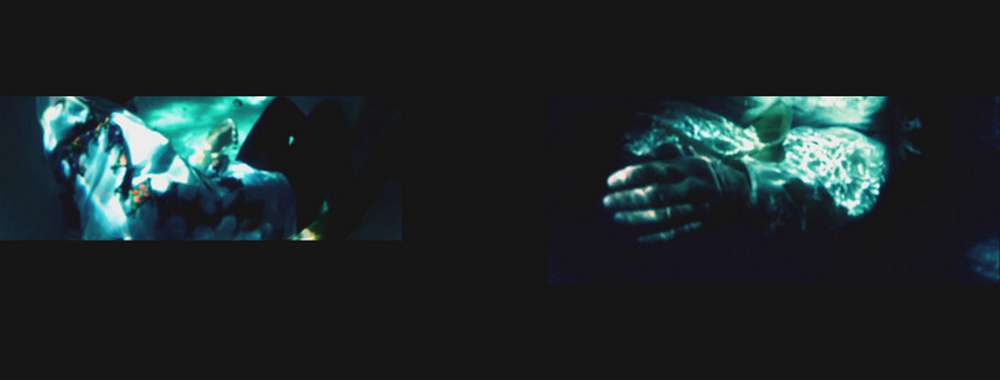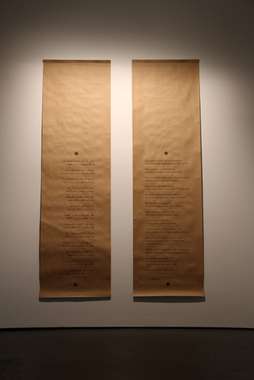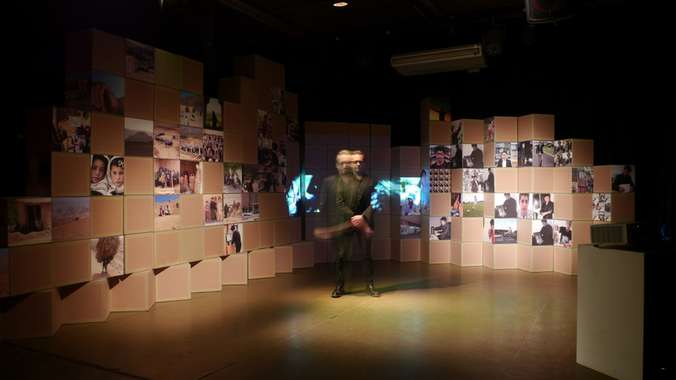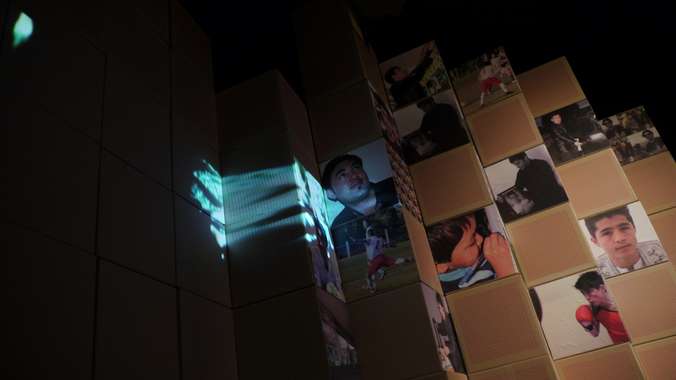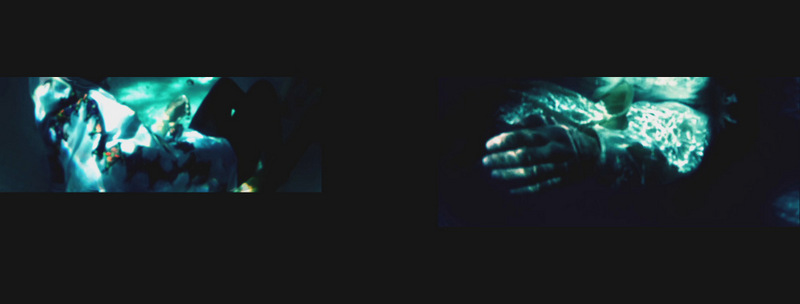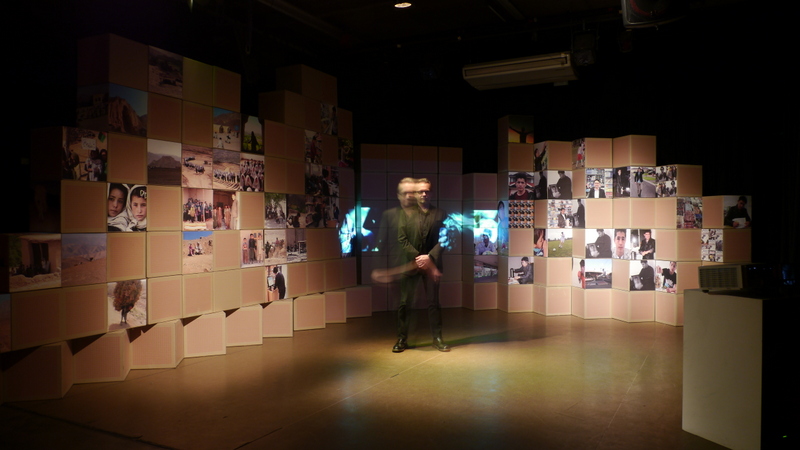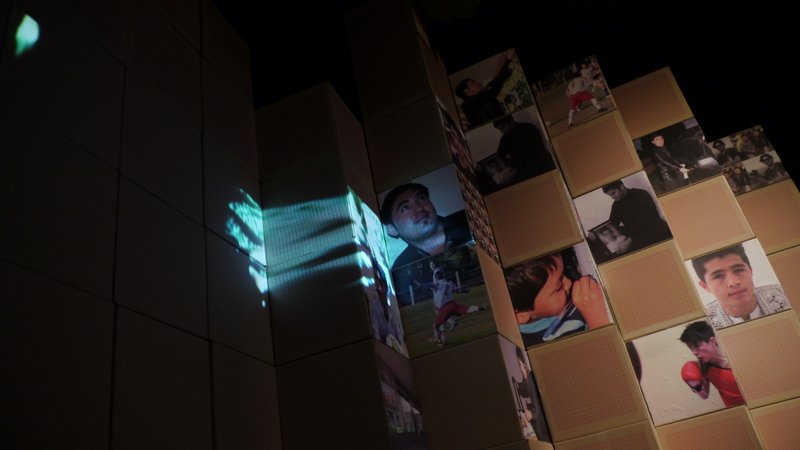Bamiyarra Not So Still(s)
by secession
This work has been commented by 2 curator(s). Read the comments
Title
Bamiyarra Not So Still(s)
Headline
A project of Home Lands v2
Concept author(s)
Andrew Garton
Concept author year(s) of birth
1962
Concept author(s) contribution
Creative Producer - conceived of, curated, produced and collaborated with other Melbourne artists and participants. Including co-writing and co-editing of several short films and soundscapes produced during the course of the project.
Concept author(s) Country
Australia
Designer(s)
Anna Carlile
Designer(s) contribution
Led the exhibition design with her team at Viola Design. She worked with traditional designs and to a detailed brief in collaboration with project participants.
Designer(s) Country
Australia
Copy author(s)
Werner Hammerstingl
Copy author(s) contribution
Artist mentor - led workshops, design and development of the photo essay series.
Copy author(s) Country
Australia
Other author(s)
Yandell Walton
Other author(s) contribution
Artist mentor - led workshops, design and co-production of video projection works.
Other author(s) Country
Australia
Friendly Competition
Radical intimacies: dialogue in our times (2014)
Competition category
Visual communication practice
Competition subcategory
web / interactive
Competition field
nonacademic
Competition subfield
artist
Subfield description
I am a multidisciplinary artist working with sound, music, video, text and online media. I have a special interest in working within culturally diverse communities. My sound and music works are broadcast on radio both in Australia and Europe. Video works, from documentaries to projected video art, have been exhibited in various galleries and public spaces (e.g. ACMI, Federation Square, Signal, Casula Powerhouse). More recently I have been screening short films produced in collaboration with bush fire affected communities in church and community halls in fire affected shires.
Check out the Radical intimacies: dialogue in our times 2014 outlines of Memefest Friendly competition.
Description of idea
Describe your idea and concept of your work in relation to the festival outlines:
Bamiyarra Not So Stills(s) was produced as part of a year long media arts initiative with a team of young Hazara from Dandenong and another in Afghanistan. The genus of the project grew from the Home Lands initiative to connect young people from refugee backgrounds to their home lands and separated communities. It sought to create dialogue between young people and their home lands, however it became more about a conversation they undertook with their new home land, Australia.
What kind of communication approach do you use?
Bamiyarra Not So Still(s) is a mixed media installation by young Hazara in Australia and Afghanistan working in collaboration with Melbourne-based artists. The installation combines photo essays, video projections and sound in a collaborative work that explores the experiences of young people from refugee backgrounds, highlighting their aspirations and hopes for future generations and those they had left behind in their home lands.
What are in your opinion concrete benefits to the society because of your communication?
Firstly audiences found an exhibition environment that did not discriminate, did not judge, did not point fingers so to speak. It sought to indentify common ground between participants, gallery attendees and passersby.
Secondly, the response within the Hazara community itself can be best described by this quote from one of our participants. ”In each of the art pieces a silenced story is hidden - the story of deprivation, limitation, and oppression. In this project we have also gained the confidence of working with young men and women. The interaction between men and women is quite low in our community, let alone working in the medium of videos and photos, which is quite sensitive. This has been a milestone step for us.” Farkhonda Akbari, Bamiyarra collaborator
Ultimately we found a great deal more empathy and compassion communicated through this work. Audiences appeared to learn, by and large, that Hazara's were no threat to them, that they saw to make significant contributions within their newly adopted home land.
What did you personally learn from creating your submitted work?
Over the entire twelve months, and then some, I had lived inside this project and it has lived in me. I have met a welcoming, warm hearted community who for all they have endured, carry no malice, show no sign of judgement and drink more tea than I’ve seen harvested in the plantations of Sylhet in north-eastern Bangladesh. They’re never short of slap-stick gags and spirited counsel. Through their friendship I have visited cultural terrain I had barely known existed, and had mended in me that which I had not known was broken. We could all do well to know these people. To embrace them, and all who seek safe haven on our shores, is to embrace ourselves. There is no them, there is only us.
Why is your work, GOOD communication WORK?
It sought not to judge, but to engage, to find common ground with participants and audiences.
Where and how do you intent do implement your work?
The work was produced within the City of Melbourne and exhibited at Signal, the soundscape and projected works were seen along the Flinders St side of the Yarra River and again at Federation Square during the recent Light in Winter festival. The entire work was also exhibited at the Casula Powerhouse, NSW, and finally in the Walker St Gallery, Dandenong.
Did your intervention had an effect on other Media. If yes, describe the effect? (Has other media reported on it- how? Were you able to change other media with your work- how?)
That we screened our projected work on the exterior of the Signal Gallery, with images that were suggestive of people drowning, accompanied by a poem read over a soundscape in both English and Dari, and that no one took offense, was perhaps a sign that we could tell stories that expressed loss and grieving that did not necessarily seek to sing out a single culture or community. This form of media making was extremelly productive. It was described as such by those who covered it on Radio National, SBS and local newspapers.
Curators Comments

Kevin Yuen Kit Lo
This project operates on a collaborative (and no doubt logistical and financial) scale beyond most of the other projects submitted to Memefest this year, so it is a bit difficult to judge it within this context. That being said, the various installations and projections are truly impressive on both aesthetic and emotive levels. The technical execution and poetics of the project are very much in evidence, and I wish I had the opportunity to experience it in person. The touching way you describe your own experience within the project speaks clearly of it's transformative effect. I imagine it was similar for other participants, and it acts as a great example of how empowering these kinds of projects can be for marginalised communities.
I am slightly disappointed though, that I have to imagine it. In the main presentation video that you've included, I am surprised that the Hazara participants are not more involved in the discussion. I wonder if including their points of view could have been beneficial in expressing the importance of the project for the community and its affect on the participants involved. Maybe having their voice heard as strongly in the video as in the installation would have allowed the dialogue originated through the artwork to manifest itself on an additional platform. While the visuals and the nature of the project itself are clearly articulated around the empowerment of a marginalized group, the actual documentation might be lacking in the application of the project's precepts.
The installation was surely successful in identifying a common ground between participants and the public; in allowing the public to gain proximity to a community that is traditionally marginalized. You created a space that facilitates the development of an intimate connection between strangers. I appreciate the personal and emotional approach taken and can easily see its relevance, but I can see how the project could be a great opportunity to address the larger political and socio-economic issues facing the Hazara community in the country. While it opens the door for such a discussion, it does not actively partake in bringing those issues to the forefront and in extending the debates surrounding them.
Nonetheless, this is a very strong and comprehensive project that empowers community through art. Something I can certainly get behind!

Scott Townsend
This represents a very long term, intricate, and programmatically-staged project. It also represents a series of practices that is long-term and sustained by the author. The works are predicated on dialogue between the author and the groups and communities he is working with, as well as creating a dialogue through carefully strategized dissemination with the larger community that the Hazara now find themselves within in Australia.
If one goes to the url posted, there is a wealth of information concerning this and other projects. I need to spend much more time (I get the feeling I need to spend hours to really get any kind of depth here), but it seems that the community groups seem to really embrace the 'work' less as a 'work' and more of a kind of ongoing communicational platform. That's a great endorsement for the project, in that it is not seen by the community as a stand alone piece, but rather an ongoing dialogue that helps in making their culture and individual practice visible and shareable at a distance with others.
I'm really interested as well in how these ideas and practices could be shared with other practitioners in similar contexts globally.

